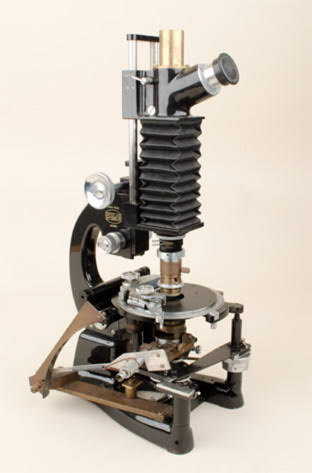Like several of his predecessors in the Cambridge Department of Physiology, Sir Andrew Huxley (1917-2012) conducted experiments on frogs that yielded important physiological discoveries. Huxley's lifelong passions for mechanical engineering and microscopy served him well in his career as a physiologist, which often required the creation of custom pieces of apparatus. He designed his interference microscope to perceive the anatomy and physiology of frog muscles in a new way, which led to his postulation of the sliding filament model of muscle contraction.
Huxley hoped that studying changes in muscle fibres' striation patterns could provide insight into the mechanics of muscle contraction. He decided to use frog skeletal muscle due to the regularity of its structure and its easy excitability. Unfortunately, however, the striations in frog muscle were too narrow to be observed via ordinary light microscopy, and the frog muscle fibres were too thick to be observed via phase contrast. Huxley's options were further restricted because the phenomenon did not appear in polarised light. He realised that he could perceive the striations in frog muscles if he built an interference microscope and collaborated with the London instrument manufacturer R & J. Beck Limited to design one.
Huxley's basic design paired a standard polarising microscope with two Wollaston prisms, which divided light into two sections and then recombined the beams. This allowed the striations to be viewed and photographed. After a year of experimentation using the interference microscope and frog muscles, Huxley and his collaborator Rolf Niedergerke developed the sliding filament model of muscle contraction. This states that the sarcomeres in skeletal muscles are composed of thin and thick filaments, and during contraction, the former slide past the latter.
Huxley was concerned that his theory would not be accepted unless his results were replicated. The best way to ensure this, he reasoned, would be for his microscope itself to be reproduced, but his attempts to have it commercially produced ended in failure due to a pre-existing patent on a similar interference microscope. The sliding filament theory, to Huxley's surprise, was actually quickly accepted by the scientific majority because it was independently and simultaneously postulated by Hugh Huxley (no relation to Andrew) and Jean Hanson. The fact that they had used both a different instrument (an electron microscope) and a different animal (the rabbit) and yet created the same theory served as persuasive evidence of its veracity.
Just as experiments with other microscopes and species could provide validation for Huxley's claims, so too could they yield challenges. Physiologist James Duncan Robertson used lizards to generate results that contradicted observations that Huxley had recently made using a polarising microscope. Had one man or the other erred, or did their contradictory results stem from an inherent difference between frogs and lizards? To settle the debate, Huxley repeated his experiments but with different instruments: his interference microscope and a new adjunct apparatus that he had invented, a ribbon filament lamp (Wh.6574). He used frogs again, but also experimented on crabs and lizards. He got the same (original) result in all three species, proving that he had been correct.


